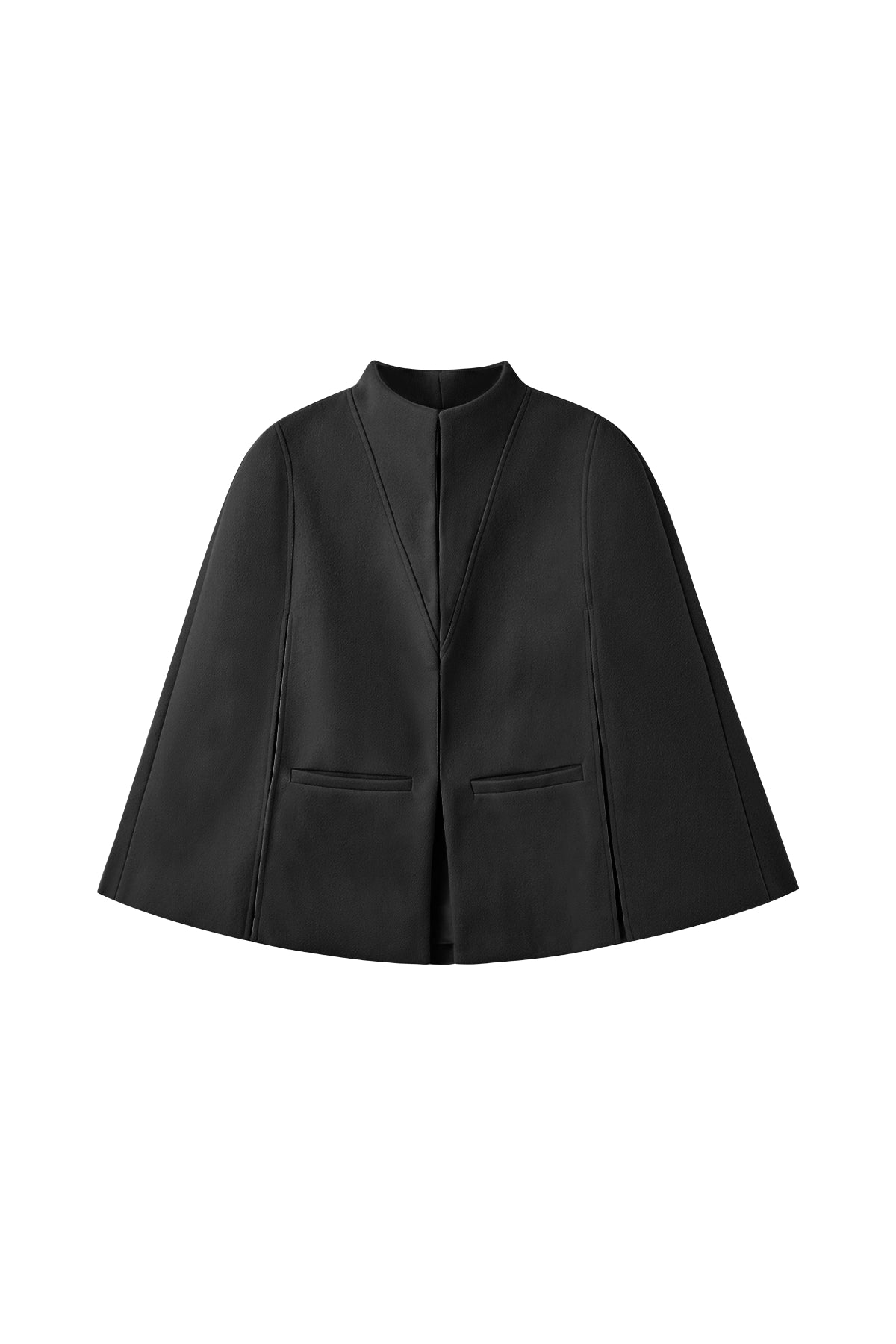Although women’s blazers are highly versatile, they are not suitable for every occasion. Deciding when to wear one, how to style it, and what kind of look to present depends on the specific occasion and your personal temperament. Here are examples of how blazers can be appropriate for different situations:
-
Formal occasions: Workplace, job interviews, business meetings — convey professionalism and polish;
-
Semi-formal occasions: Professional social events, industry networking — enhance appropriateness and confidence;
-
Casual occasions: Daily outings, brunch, shopping, casual gatherings — easy styling can elevate your fashion sense;
-
Evening or social occasions: Dinners, evening gatherings, formal social events — create an elegant and refined image.
Does “business professional” for women mean a blazer?
In most cases — yes. Especially for job interviews, formal meetings, client presentations, or speaking engagements, a blazer is the safest, most reliable, and most professional choice.
However, this doesn’t mean the blazer is the only option. If your field belongs to the creative industry (such as design, media, tech, advertising, etc.), your wardrobe can be more flexible. You can opt for structured knit jackets, collarless short jackets, tailored trench coats, or vest-style blazers as alternatives. These pieces maintain a polished appearance while fitting the industry vibe.
In other words, a blazer is a symbol of professionalism, but it’s not the only way to define your style. The key is the culture of your workplace and the professional image you want to convey.
How to casually wear a blazer as a woman
The blazer is one of the most adaptable wardrobe staples, easily transitioning between formal and casual looks by adjusting the fabric and styling. Here are some styling tips:
-
Formal occasions (Business Professional): Choose a blazer with a tailored cut and structured fabric (such as wool, wool blends, or tweed), in classic colors like black, gray, navy, or off-white. Pair it with trousers, a pencil skirt, a shirt, or a silk blouse for a professional and polished appearance.
-
Casual occasions (Business Casual / Smart Casual): Switch to lightweight or unstructured fabrics such as linen, knit, cotton, or polyester blends for comfort and a relaxed feel. Pair with jeans, chinos, wide-leg pants, dresses, or even shorts to create an effortless chic look.
-
Small style enhancements:
Roll up the sleeves slightly and pair with a T-shirt or sneakers for a casual vibe.
Opt for bright colors, plaid patterns, or cropped designs to add fashion interest.
Keep accessories simple and makeup natural to balance the overall look.
For casual wear, you can try Cicy Bell's women's dark green casual work blazer, crafted from a soft, stretchy polyester and spandex blend. Its tailored silhouette, front closure, and flap pockets make it perfect for work, casual outings, or evening out, and it pairs easily with trousers, jeans, or dresses.
This explains why more and more women are interested in how to make a blazer look casual — because the blazer is no longer just an “office uniform” but a versatile piece suitable for commuting, weekends, gatherings, and even travel.
Do Women Need a Blazer for a Professional Interview?
In most cases, yes — a blazer is one of the most important pieces for a professional interview. It instantly communicates confidence, competence, and respect for the occasion. Whether you’re interviewing for a corporate, academic, or creative role, a well-fitted blazer helps you look polished and prepared — even before you say a word.
That said, the style of blazer you choose can (and should) reflect both the industry and your personality.
Here are a few smart styling tips and thoughtful touches to help you stand out for the right reasons:
-
Choose the right structure: For traditional industries like finance, law, or government, go for a tailored, structured blazer in a neutral tone (black, navy, gray). For more relaxed or creative fields (marketing, design, tech), a softer or unlined blazer in beige, light blue, or even muted pastels works beautifully.
-
Mind the fit: The shoulder seam should sit exactly on your shoulder bone, and the sleeves should end just above your wrist bone. A blazer that fits well makes you appear more put-together — even if the rest of your outfit is simple.
-
Add subtle personality: You don’t need to wear all black. Try adding a silk blouse with soft color, a minimal necklace, or textured fabric (like tweed or crepe) to keep your look sophisticated but not rigid.
-
Keep the rest balanced: Pair your blazer with well-pressed trousers or a knee-length pencil skirt, and closed-toe shoes. Keep accessories minimal — the focus should stay on your confidence and communication.
In short: While not always mandatory, wearing a blazer to a professional interview is a low-effort, high-impact way to make a strong first impression. It shows that you respect the role, understand the professional standard, and are ready to represent yourself with confidence and style.
One Blazer to Feel Confident and Poised in Any Occasion
Overall, a women’s blazer is an incredibly versatile wardrobe staple. Whether it’s for formal workplace settings, semi-formal social events, casual daily life, or evening gatherings, it helps you showcase different styles and moods. The key is to choose the right color, cut, and styling for each occasion, making this classic piece both practical and fashionable. By mastering these basic principles, you can confidently and elegantly express your personal style in any setting.




